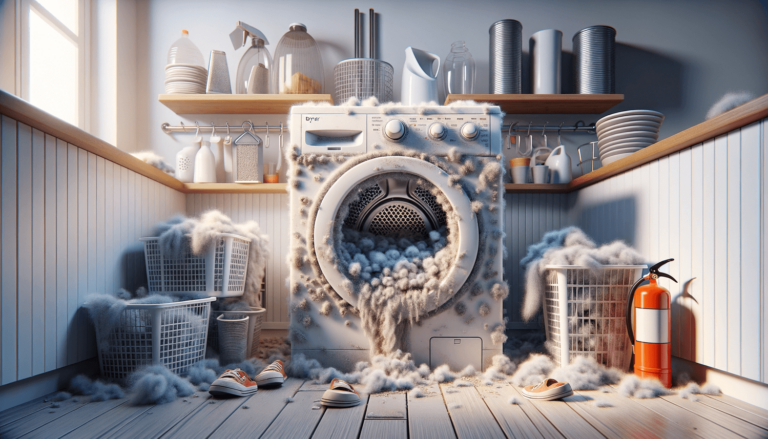

Written by: Settings King
Last updated:

Clean your dryer’s lint filter after every load to maintain efficiency and safety.
Regularly cleaning lint filters ensures optimal dryer performance, reduces energy consumption, and minimizes the risk of lint-accumulation related fires.
Make sure to inspect the lint filter for damage and replace it if necessary. Also, avoid overloading the dryer, as it can lead to poor airflow and inefficient operation.
Optimize your dryer settings by choosing the right program for your fabric type. Most dryers offer multiple settings, including automatic, cool down, delicate, high heat, normal, and timed cycles. Settings King, a blog about technology settings, can provide expert guidance on optimizing your dryer’s performance.
Keeping your dryer’s lint filter clean is an essential part of dryer maintenance. A clogged lint filter can result in decreased dryer efficiency, longer drying times, and increased energy costs. Additionally, excessive lint buildup poses a significant fire risk. By cleaning your lint filter after every load, you can ensure your dryer’s safe operation.
Follow these simple steps to clean your dryer’s lint filter effectively:
Even the most diligent lint filter cleaning routine may not catch everything, so it is essential to recognize signs of lint buildup in your dryer. Keep an eye out for the following indicators:
Apart from keeping your lint filter clean, using the right dryer settings also plays a crucial role in efficient dryer performance. The experts at Settings King, a blog about technology settings, have curated a quick guide to help you choose the most appropriate dryer settings for your needs:
Still have questions about maintaining your dryer’s lint filter and choosing the best settings for your dryer? We’ve compiled a list of frequently asked questions and provided clear, concise answers to help you out.
The lint filter in a dryer collects lint and debris generated during the drying process, preventing them from clogging the dryer vent and hindering proper circulation of air.
Not cleaning the lint filter regularly can result in decreased dryer efficiency, longer drying times, increased energy costs, and increased fire risk due to lint buildup.
Yes, all dryers have some form of a lint filter. However, the design and location of lint filters may vary depending on the dryer model and type, such as front-loading, top-loading, or ventless dryers.
If your dryer still experiences performance issues after cleaning the lint filter, there may be other underlying causes, such as obstructed dryer vents, worn-out heating elements, or unresolved mechanical issues. It is best to consult a professional technician for assistance.
Replace the lint filter if it is damaged, has tears, or is no longer trapping lint effectively. Inspect the lint filter periodically to ensure its proper functioning and prompt replacement if necessary.